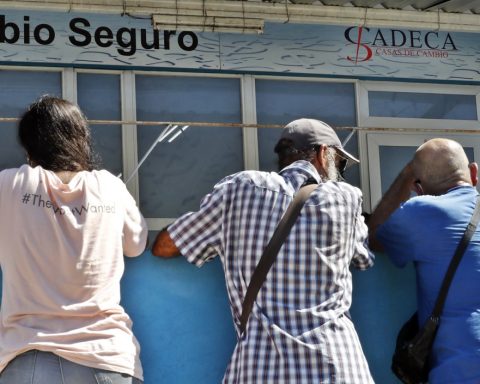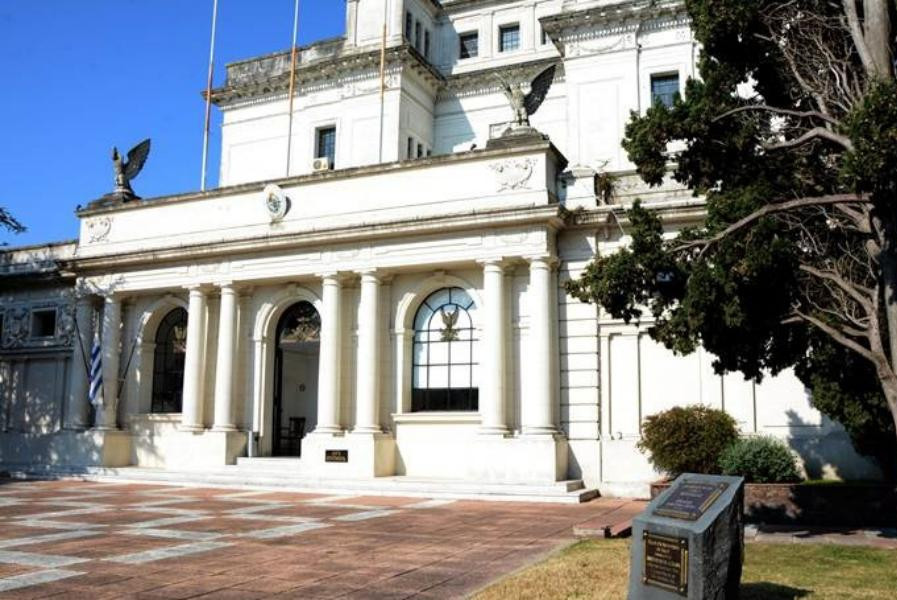MIAMI, United States. – Last monday a tragic accident occurred outside the Empresa de Servicios a la Unión del Níquel (ESUNI) in Moa, Holguín, where an electric discharge killed one person and injured seven others.
The unfortunate fact highlighted a worrying fact in Cuba: electric shocks are the main cause of death due to natural phenomena in the country.
According to a study carried out by the Cuban Institute of Meteorology, quoted by the official newspaper Granma, between 1987 and 2017 electric shocks caused an annual average of 54 deaths, totaling 1,742 in that period. These figures are far higher than deaths caused by hurricanes, tornadoes, and heavy rain events.
Granma is the province with the highest number of deaths from electric shocks in the three decades analyzed, with 249 deaths, followed by Holguín with 186, Camagüey with 161, and Santiago de Cuba with 147.
Statistics from the Ministry of Public Health show that July is the month with the most deaths, registering 376, followed by August with 363 and June with 361.
Electrical discharges occur when cumulus nimbus clouds, of great vertical development, form positive and negative charges that, when accumulated in excess, create a spark or lightning. This can circulate within the cloud itself, between two storm clouds, or between one of them and the Earth’s surface.
To minimize the risks during a thunderstorm, specialists recommend seeking shelter in a covered building and avoiding walking or running in wet clothes. They also warn about the dangers of being under a tree or playing outdoor sports during these conditions. In addition, they advise staying away from fences, wires and metal fences.
One of the safest places to take shelter during a thunderstorm can be in a vehicle with the doors and windows closed, thanks to the effect of the Faraday Cage. If you find yourself in a body of water, it’s crucial to get out immediately as soon as thunder starts.















